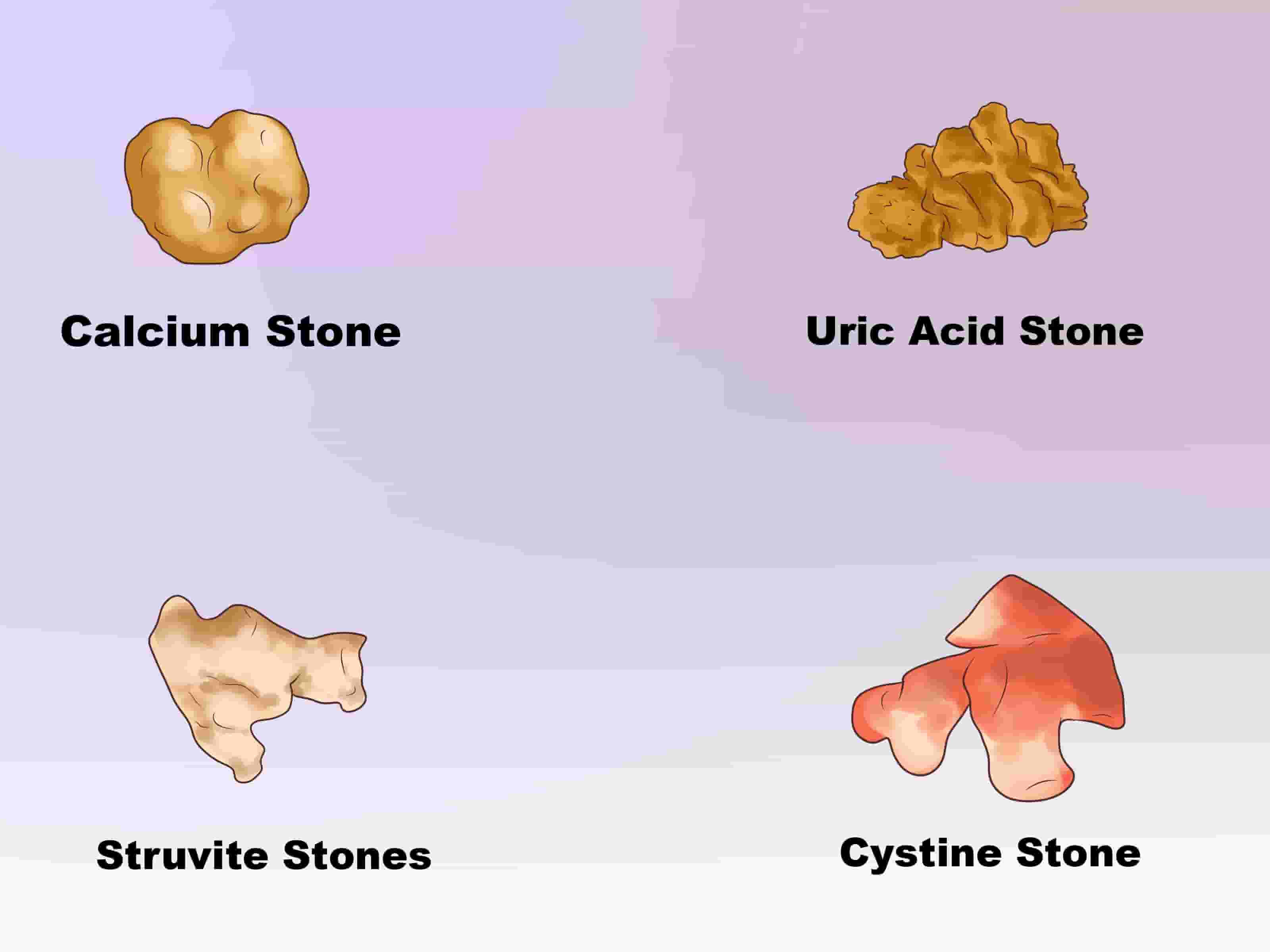urolithiasis
UROLITHIASIS
- Urolithiasis/ nephrolithiasis is the formation of urinary calculi at any level of urinary tract.
- Most common location of calculi arise in the kidney.
- More common in males.
- Seen in 2nd to 3rd decades of life.
- They are characterised by colicky pain (renal colic) & hematuria.
Types of Urinary Calculi-
- There are 4 types of urinary calculi-
- 90% Idiopathic
- Most common abnormality found in standard investigation – hypercalcemia
- Calcium oxalate – most common (70%)
- Struvite stones – 15%
- Calcium phosphate – 10%
a) Calcium stones-
- Most common of all calculi
- Most common cause is hypercalciuria with or without hypercalcemia
- They are radioopaque stones.
b) Mixed (Struvite) stones-
- Made up of magnesium- ammonium- calcium phosphate so often called as struvite or triple phosphate stones.
- Caused due to infection of urinary tract with organism as Proteus so called as infection induced stones.
- ‘Staghorn stones’ is an example of struvite stone.
c) Uric acid stones-
- Made of uric acid.
- They are radiolucent.
- Caused by hyperuricaemia and hyperuricosuria as primary and secondary gout.
- Hyperuricosuria is the most important factor for the production ofuric acid stones.
d) Cystine stones-
- Formed in acidic urine due to genetic defect of metabolism.
- They are yellowish and waxy.

Exam Important
- Gastrointestinal disorders predisposes to urolithiasis -short bowel syndrome.
- Gallstones and kidney stones are known complications of IBD
- 90% Idiopathic
- Most common abnormality found in standard investigation –hypercalcemia
- Calcium oxalate – most common (70%)
- Struvite stones – 15%
- Calcium phosphate – 10%
Don’t Forget to Solve all the previous Year Question asked on urolithiasis

